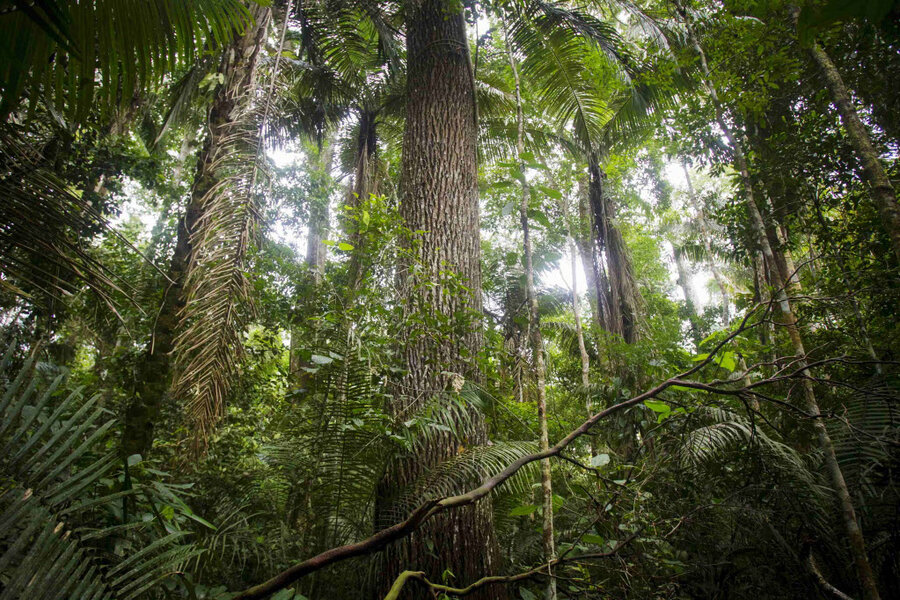Earth has lost half its forests since dawn of civilization, study finds
Loading...
A new census of Earth's trees finds that forests hosts slightly more than 3 trillion of them, 2.6 trillion more than previous estimates have found.
The new number is astonishing, say researchers, who are just beginning to sort through the implications it may hold for conservation efforts and for refining researchers' understanding of the planet's carbon cycle.
What appears to be a population boom in fact results from a more-accurate approach to estimating the number of trees, according to the team that conducted the census.
Still, the "increase in the absolute number of trees they describe is stunning," says Nigel Sizer, global director of the World Resources Institute's Forests Program.
The results also are sobering, adds Thomas Crowther, who led the study while a post-doctoral fellow at Yale University's School of Forestry & Environmental Studies.
Globally, human development is carving some 74,000 square miles a year out of the worlds' forests, corresponding to a loss of 15.3 billion trees a year.
Since the dawn of civilization some 12,000 years ago, the planet has lost slightly more than 45 percent of its forest cover, the team also estimates.
"That's an astronomical figure," Dr. Crowther says.
He expected that humans would play a prominent role in determining the number of trees on a local level, he says, but adds that "I didn't expect to see humans come out as the strongest control on tree density" across all of the ecological regions in the study.
"It really highlights how big of an impact humans are having on the Earth at a global scale," he says.
The study began 2-1/2 years ago as an attempt to provide baseline information on the density of trees in the world's forests for the nonprofit Plant for the Planet project, based in Tutzing, Germany. In 2011, Plant for the Planet took over the reins of the United Nations Environment Program's Billion Tree Campaign, which over the preceding four years had led to 12 billion trees being planted worldwide.
The effort is designed to increase the number of trees available to scrub carbon dioxide from the atmosphere to counteract carbon dioxide emissions that are driving global warming. To set planting targets, the group needed to know how many trees are out there already.
Against 3 trillion extant trees, a few billion more seems paltry on a global scale, although it can have a profound effect regionally or locally. Based on the new census, Plant for the Planet has set a goal of planting 1 trillion trees by 2020.
To conduct its census, Crowther's team drew on 429,775 measurements of tree density on plots from every continent except Antarctica. The team also included environmental data from these plots. This information served as benchmarks for interpreting satellite data on forest stands outside of the plots where ground measurements were available.
The team's census shows that tropical moist forests host 799.4 billion trees, more than any other biome. Boreal forests come in second at 794.3 billion trees. Mangove forest bring up the rear, with an estimated 22.2 billion trees.
Overall, the researchers found that the tropics and subtropics host 42.8 percent of Earth's trees, with boreal forests are home to 24.2 percent and temperate biomes account for 21.8 percent of the trees.
The tree losses in the team's estimate jibe well with estimates of other studies, notes the World Resources Institute's Dr. Sizer. The organization released a study Wednesday showing that the world lost nearly 70,000 square miles of tree cover in 2014. Tropical forest losses accounted for more than half the total. Moreover, new hot spots for losses appeared: Madagascar, the Mekong River basin, West Africa, and the central Gran Chaco region in South America.
The new census is set to appear in Thursday's issue of the journal Nature.







